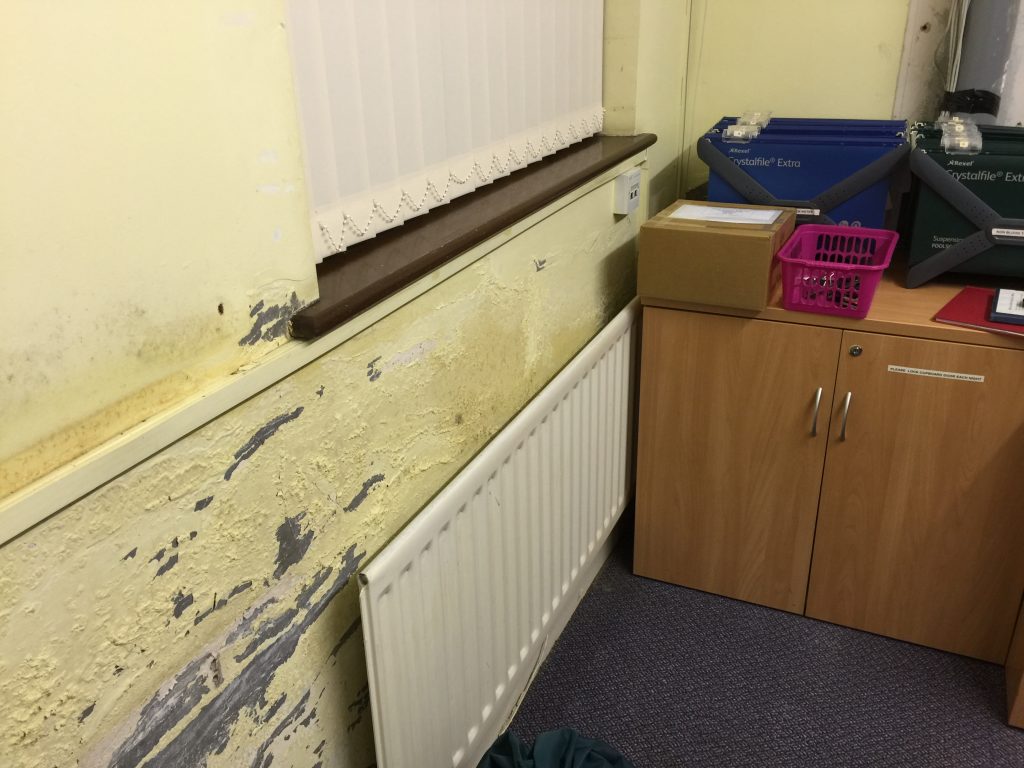News
How to carry out damp proofing correctly?
How to do Damp Proofing Correctly
We are often asked by customers if a given damp proofing paint will treat a damp issue or if an anti-mould additive will stop damp problems. Basically, we are being asked to reassure a customer that a given product will be the answer to their problems.
The absolute key to being sure a certain product or package of products will cure a damp issue is to be absolutely sure as to why a damp issue has come about. The last thing we would want any of our customers to do is to waste their money on buying the wrong product. For instance, you will not get the right results by applying anti-condensation products if the cause for damp is bridging damp which if it is, might not need any products at all!
Discover the cause of the damp
Our advice is to suggest our customers are clear about the damp issue before embarking on purchasing materials. Time served, experienced and qualified damp proofing surveyors will, in most instances, have a good idea of the cause of damp issues. However, unfortunately, some damp-proofing contractors give the remedial industry a poor reputation for providing poor advice or workmanship that fails. That said, this occurs in any form of trade such as roofing, flooring, electrical, gas heating, plumbing even rouge tree surgeons.
Some ‘experts’ have it said there is no such thing as rising damp. We don’t get involved with this conversation but our own food for thought in response to this is; if UK building regulations and building control suggest a damp proof course is installed 150mm from external ground level one assumes this is to prevent damp rising up from the ground.
Where one can see a prevalence of dam issues with damp from the ground is in a lot of Spanish construction which quite often, does not have a damp proof course. For our part, we subscribe to the theory that damp rises from the ground. Otherwise known as rising damp.
What causes damp?
The main causes for damp are as follows:

- Condensation
- Water leak, (burst pipe, plumbing leak, etc)
- Penetrating damp, (faulty guttering, poor pointing, etc)
- Bridging damp, (raised external ground levels)
- Damp from the ground, (rising damp)
Establish the kind of damp first and work towards a solution using the correct materials.


